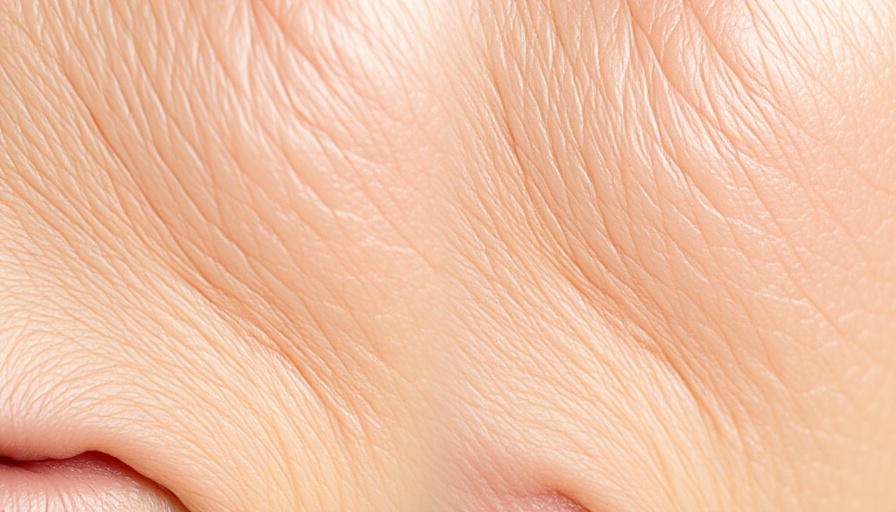
Unveiling the Science Behind Laser Resurfacing
Laser resurfacing has evolved dramatically since its inception. Initially, dermatologists faced significant hurdles: treatments were invasive, leaving patients with scars and extended recovery periods. The move to fractional laser technology was revolutionary, offering patients a less painful and quicker recovery, yet many still may not understand the mechanics behind it.
In layman's terms, fractional laser technology divides energy into thousands of tiny beams. This targets only a fraction of the skin, allowing for damaged layers to be removed without impacting the surrounding tissue. This method accelerates healing, minimizes downtime, and importantly, offers rejuvenated skin with fewer side effects.
Why Laser Resurfacing Matters to You
For many women looking to enhance their appearance, the quest for flawless skin can often lead to painful and ineffective treatments. Laser resurfacing not only reduces the risk of scarring but also rejuvenates skin effectively. These advancements allow for treatments that were once deemed exclusive to the very affluent to be more widely accessible.
Understanding how laser resurfacing operates can empower individuals to make informed decisions about their skin. The promise of clear, youthful skin quickly and efficiently makes it an alluring option for women of various age groups, catering especially to those desiring to combat visible signs of aging.
Real Stories: Transformation through Laser Resurfacing
Meet Sarah, a 35-year-old mother of two who had struggled with sun damage and wrinkles. After learning about the UltraPulse CO2 laser, she was hesitant at first. However, after just a few sessions, Sarah's transformation was akin to looking into a mirror showcasing her youthful self. The quick recovery time allowed her to return to her busy life feeling confident and radiant. Stories like Sarah's highlight the profound impact that laser resurfacing can have.
Addressing Concerns: What You Might Be Thinking
Despite its advantages, apprehensions about laser treatments persist among women. Myth: All lasers cause burning or excessive pain. Truth: Modern lasers like the UltraPulse CO2 are designed to minimize discomfort. On the contrary, treatments are tailored to each individual's needs, which means the approaches are far less intimidating than they once were.
Consulting with a qualified dermatologist who understands your skin type is critical. They can clarify the process and alleviate fears, ensuring that you have realistic expectations about recovery and results.
Future Trends in Skin Care: What’s Next?
The field of dermatology is progressing rapidly. Innovations are around the corner that could further enhance laser technology’s effectiveness. Future trends may incorporate artificial intelligence to customize treatments or combine lasers with organic skin rejuvenating serums to boost results.
The horizon looks bright for laser resurfacing, with continued commitment to reduce risk factors while ensuring patient satisfaction. As more women become aware of these advancements, the demand for effective skin treatments will grow exponentially.
Your Journey: Steps to Consider
If you’re considering laser resurfacing, start by considering your skin's specific needs and goals. Consult with a dermatologist who specializes in these procedures. Ask about their experience with both CO2 and Erbium lasers. Ensuring you have the right mindset and support will make your journey toward flawless skin more reassuring and successful.
The breathtaking results showcased by previous patients can instill hope and excitement in pursuing your desired look. You are not just achieving desirable aesthetics; you are also reclaiming your confidence.
Final Thoughts: Embrace the Change
Laser resurfacing has transformed not just skin but the lives of countless women. Knowing that you can achieve youthful, revitalized skin in a short amount of time should inspire you to explore these options. If you’re ready to take the next step towards enhancing your skin journey, connect with your local dermatologist today.
 Add Row
Add Row  Add
Add 






Write A Comment